Retro Replay Review
Gameplay
Citadel unfolds as a deliberate, methodical shooter where split-second reflexes take a backseat to thoughtful positioning and premeditated strategy. Players guide the Monitor, a compact hoverdrone, through a labyrinthine alien city from a strict top-down perspective. Movement is restricted to the four cardinal directions, while shooting can be executed in eight, fostering a gameplay rhythm that emphasizes surveying one’s surroundings before making a move.
(HEY YOU!! We hope you enjoy! We try not to run ads. So basically, this is a very expensive hobby running this site. Please consider joining us for updates, forums, and more. Network w/ us to make some cash or friends while retro gaming, and you can win some free retro games for posting. Okay, carry on 👍)
The core loop revolves around toggling between evasion and offense. As the Monitor approaches, stationary turrets and patrolling drones activate, creating tension in every corridor. Precision is key; charging the fire button unleashes a capture probe that can commandeer hostile units. Once enlisted, these captured drones become versatile tools—shield walls against lethal beams, battering rams to clear choke points, or living plugs to seal off enemy spawn traps. Managing the energy cost of captures and balancing weapon upgrades injects an extra layer of resource management into the experience.
Exploration plays a pivotal role. With eight distinct city complexes, each spanning two floors, players frequently backtrack through elevators to deactivate beam generators and unlock new passages. This guided back-and-forth may seem repetitive at first, but it cultivates an intimate familiarity with each level’s layout and enemy patterns. Discovering an efficient route—or a clever way to use captured drones as mobile cover—delivers a satisfying “aha” moment that rewards patience and inventive thinking.
Graphics
Visually, Citadel adopts a minimalist sci-fi aesthetic that leans on stark contrasts and atmospheric lighting to convey the ancient, abandoned nature of its environment. Corridors are bathed in moody glows from overhead conduit panels, while the city walls are lined with faded glyphs and corroded metalwork, hinting at a civilization far older than anticipated. The top-down viewpoint offers clear visibility of hazards, but also highlights the scale of the sprawling complexes.
Enemy designs are distinctive yet coherent, ranging from tripod turrets with rotating barrels to agile flying drones that leave luminous contrails in their wake. Captured units shift color when under your command, providing immediate visual feedback on which drones are allies versus threats. Weapon effects—pulsing energy blasts, swirling homing shots, and the sharp arc of three-way fire—pop against the darker backgrounds, ensuring each engagement feels dynamic despite the game’s measured pace.
Performance remains rock-solid even in busy combat zones, with no noticeable frame drops or input lag. The UI is unobtrusive: energy bars, weapon icons, and a minimalist radar occupy screen corners without obstructing strategic sightlines. While Citadel doesn’t aim for photorealism, its stylized presentation succeeds in creating a tense, immersive atmosphere that aligns perfectly with the methodical gameplay.
Story
Citadel’s narrative premise is deceptively simple: a seemingly deserted planet reveals an underground city complex bristling with defensive automatons. You, the operator of Monitor, are dispatched to uncover the secrets buried beneath the surface. Scattered data logs and environmental clues hint at a once-thriving civilization that turned its own technology against invaders—or perhaps against itself.
Though the game doesn’t drown players in lengthy cutscenes, intermittent audio dispatches and terminal entries drip-feed lore that raises more questions than answers. Why was the city abandoned? Who designed the sophisticated defense grid, and what ultimate threat prompted its installation? This minimalistic storytelling approach complements the exploratory nature of the gameplay, inviting players to piece together the backstory at their own pace.
The lack of a central protagonist voice or dialog-heavy interactions allows for a sense of isolation and discovery. Every corridor feels like a chapter in an ancient archive, and every deactivated beam generator or recovered energy cell deepens the mystery. Citadel’s narrative impact arises from what’s left unsaid, encouraging players to connect dots between visual clues, enemy behavior, and the half-forgotten records they unearth.
Overall Experience
Citadel stands out for its thoughtful pacing and emphasis on strategic resource management. By prioritizing careful movement and the smart utilization of captured drones, it offers a refreshing departure from the relentless run-and-gun formula common in many shooters. The methodical exploration and puzzle-like combat encounters create a steady rhythm that rewards observation and planning.
While some players may find the back-and-forth between floors repetitive, the game’s level design subtly evolves, introducing new enemy types and environmental hazards that keep each city feeling distinct. Weapon upgrades and energy pickups provide tangible progress markers, ensuring that even a failed incursion into the deeper tunnels feels like a learning experience rather than a frustrating setback.
Ultimately, Citadel delivers a compelling package for fans of cerebral shooters and atmospheric sci-fi. Its minimalist narrative, tight controls, and engaging drone-capture mechanics coalesce into an experience that is both challenging and deeply satisfying. If you’re looking for a shooter that rewards patience and ingenuity above all else, Citadel is well worth exploring.
 Retro Replay Retro Replay gaming reviews, news, emulation, geek stuff and more!
Retro Replay Retro Replay gaming reviews, news, emulation, geek stuff and more!
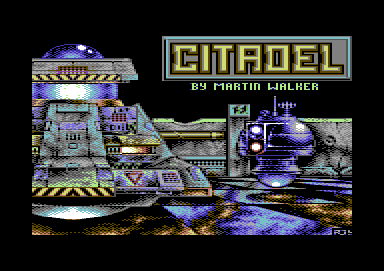
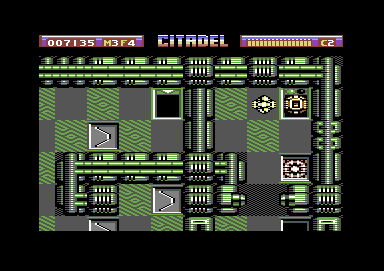
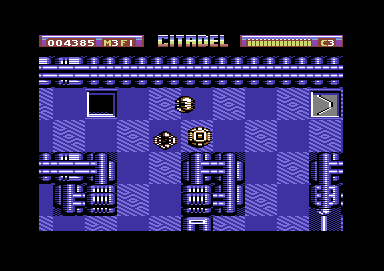
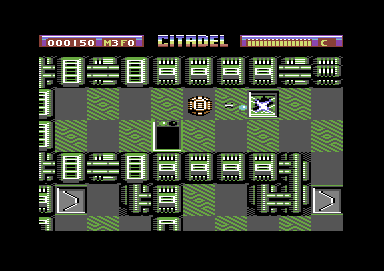
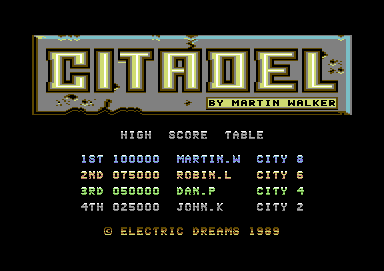

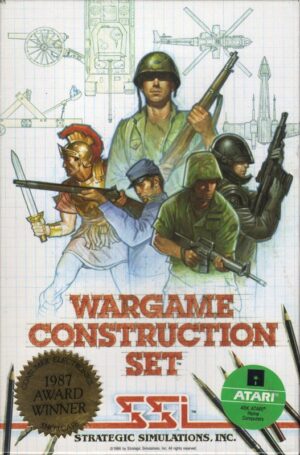

Reviews
There are no reviews yet.